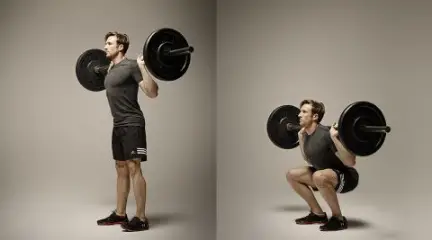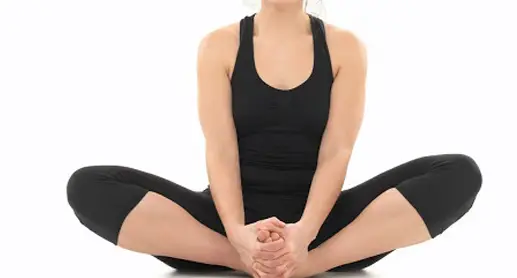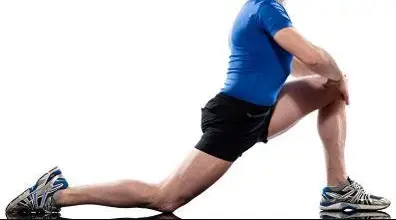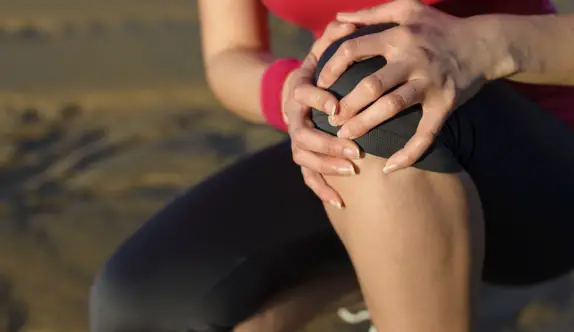Pain Behind Knee When Bending Leg – All You Need To Know
All parts of our body are subject to injury. Simple tasks such as bending, for example, can bring the pain back of the knee when bending, or a simple stretching may be. Things like these usually happen when we don’t follow the proper way of doing things like when we exercise. We let our impatience rule over us and we have only to blame when we injure ourselves. It will be to our advantage if we stop a while and do some research in relation to the things that we’d like to do. Exercise for one thing; there are a lot of materials you can find on the internet, be choosy, which can help very much your cause and get its full benefit without undergoing pain back of the knee when bending problems.
Contents
Knee Pain: A closer look
In the diagram below you can get a better visual idea of where and why the inner knee injury occurs. The most affected ligament is the Medial Collateral Ligament. The Lateral Meniscus acts like a cushion and takes up a third of the impact when the upper and lower leg bones come into contact with each other. This Ligament will disperse the load in a uniform manner to the adjacent bone reducing the stress in on the area. When the stress load on this ligament exceeds what it can bear, the injury will occur in the form of a small to large tear.

As mentioned earlier this excess pressure is caused due to an abnormal or sudden twisting of the knee in a forward bent position. This type of injury is very common in sportsmen and women due to the excessive pressure that the knee endures in fast contact sports.
Causes of pain in Back of Knee when Bending Leg
Bending is one of the things that you do as part of your warm up before you proceed to the more rigid portion of your exercise or whatever it is that you do for your body conditioning. Start by bending slightly. Don’t overstretch yourself right away or you might strain your muscles especially in the back and knee areas. This will definitely bring episodes of lower back pain and the usual pain back of knee bent aftermath. The occurrence of behind knee pain when bending is often times due to overdoing it. 100 bends we might say is taking it to the limit. Well, maybe you have to be deeply concerned when the pain is really intense and continuous. The pain maybe is symptomatic of injuries in your knees which are unknown to you.
The more common knee pain is inside knee pain also known as medial pain due to its location. A medial meniscus tear can be quite painful. There are 2 menisci in your knee and is made of tough cartilage which is shaped to conform to the bones on which they rest. One is on the inside of the knee (the medial meniscus) and the other rests on the outer side of the knee.
These menisci help distribute the body weight across the surface of the knee joint and are critical to the health of the knee. A meniscus tear is due to a traumatic injury, usually seen in athletes, when the knee joint is bent and the knee simultaneously twists. It is not uncommon for the meniscus tear to occur along with injuries to the anterior cruciate ligament (ACL) and the medial collateral ligament (MCL)-these three problems occurring together are known as the “unhappy triad,” which is seen in sports such as football when the player is hit on the outside of the knee.
Key Symptoms of Knee Injury:
- Most common is pain and swelling
- The pain involves the outer side of the knee.
- Pain may be immediate and bleeding may lead to swelling. Swelling develops over a day or two as a result of the accumulation of inflammatory fluid.
- The pain is intensified when bending or rotating the knee.
- It’s tender around the front or back of the knee when pressure is applied.
- Cracking or popping sounds
Treatment and Exercise for Pain in the Back of the Knee
Home measures to handle knee pain can be summed up in the acronym PRICE, which stands for protection, rest, ice compress and elevate. These measures can reduce swelling and subsequently eliminate the pain after a few days. Anti-inflammatory medications like aspirin are among the most common drugs used to treat pain behind the kneecap. But they should be used carefully as they can mask more serious causes of pain behind the knee.
It is best to seek medical advice if the knee cannot bear any weight or the pain is so severe that it wakes the affected person up at night. Fever, intake of blood-thinning medications and the presence of wounds also necessitate the services of a doctor.
Surgery is rarely required for behind the knee pain. It is usually done when ligaments are torn and need to be sutured. It is also performed to reattach torn nerves or to remove blood clots that might be causing the pain in the kneecap.
Once the knee pain is relieved low impact exercises such as swimming as recommended to help promote knee function without causing additional damage. High impact activities such as running, tennis or basketball are discouraged.
Knee Pain Strengthening Exercises
Many sufferers of inside knee injury are often too quick in trying to strengthen the injured knee through exercise. Strengthening exercises should only be performed if your knee injury is no longer painful to the touch or painful when you stretch.
If you feel the pain in the inner knee is not affected by the above then you can start a gradual exercise process.
Types of Stretches
Squats

Squats are a great way to help strengthen the knee and can help strengthen other parts as well. It’s important not to do this type of exercise if you still feel a twinge of pain.
Key Points when doing squats.
- Make sure your feet are flat on the floor and are approximately shoulder width apart
- Make sure your lower back is straight
- It’s important to bend from the hips and knees
- If you are adding weights then choose a weight that enables approx 10 – 14 reps.
Stretches
Stretches to be held for approximately 30 seconds
Make sure you do some light walking or cycling on an exercise bike before stretching
The stretch should stop at the first point of tension
Any stretching should be gentle with no sudden jerky movements
Quadriceps Stretching

Groin Stretch

Hip (Flexor) Stretch

Complications of Untreated Pain in the Back of the Knee
Many cases of behind of the knee pain resolve without long-term effects. However, some cases will definitely need medical attention to prevent further damage. Complications for untreated knee damage include increasing severity of pain, permanent knee joint damage, and loss of mobility.


